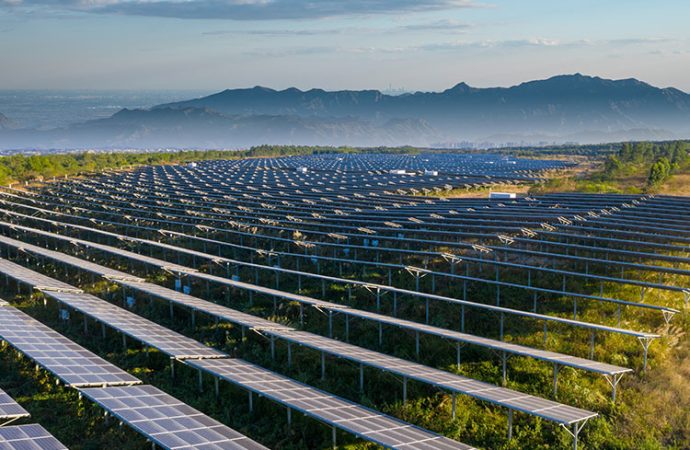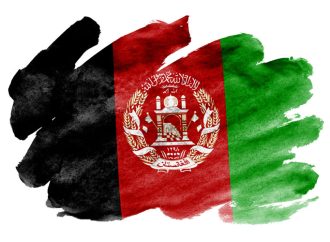Author Recent Posts Asfand Yar Khan Latest posts by Asfand Yar Khan (see all) Outcomes of the Shanghai Cooperation Organisation Heads of Government Summit – October 28, 2024 Deliberations and Outcomes of the 79th Session of the UNGA – October 11, 2024 SCO in Pakistan: Can it bring Normalcy in Indo Pak Relations? – September
Mass mismanagement, fuel price adjustments, and taxes have increased the cost of electricity to an unprecedented level in Pakistan. The devaluation of PKR has surely increased the price of electricity in the country but this is not the sole reason. The issue was always there as the government had deliberately kept tariffs down with subsidies. The lack of will and ability of successive policymakers to reform Pakistan’s power sector has taken the toll on end users. We have come to a point where power tariffs are expected to remain high even if the fuel costs decline. Thus, it is not surprising to see common people protesting on the streets against rising electricity bills at a time when inflation is at its highest level since the Country’s inception in 1947. The interim government has responded with short-term relief measures such as providing FPA waiver to people using up to 200 units and some DISCOs allowing users to pay their bills in installments.
Affordability of electricity for low and middle-income users was not kept under consideration when policymakers undertook quick measures to increase power generation capacity in 2013. With 40 percent increase in generation capacity since 2013, price of electricity for end users nearly tripled. PML-N government’s plan to end loadshedding was executed at the cost of affordability. Post 2013, there has been drastic increase in Pakistan’s thermal power generation capacity which forms 58.6 percent of the country’s energy mix. This means that price of more than half of the total power produced in the country is dependent on international prices of RLNG, Gas, and Furnace oil (FO). Since most of the fuel is imported, the value of PKR also becomes a player in determining the price of electricity for end users. Currently, Pak rupee is at its lowest ebb since the country’s creation, and inflated bills manifest the severity of skyrocketing inflation in the country.
Power tariffs are determined by the National Electric Power Regulatory Authority (NEPRA) under National Tariff Standard and Procedure Rules 1998. Power purchase agreements (PPAs) between the independent power producers (IPPs) and the government comprise the breakdown of cost of electricity. So here is what the end users pay for as per their electricity bills. First is the capacity charge that comprises costs pertaining to design and construction of power units, equity, and debt financing of the loans that were borrowed for financing particular power generation projects. They also include fuel operations and management costs. Capacity charge is charged irrespective of the number of units of electricity produced by the IPP, and its decline and incline are linked with interest rates, exchange rates, and foreign interest rates. Second is the variable cost which is linked with the amount of electricity produced and sold. FPA is a variable cost and is based on units of electricity consumed. Third is the use of system charge which is payable to the National Transmission and Dispatch Company (NTDC). Variable cost covers administration, mark-up, corporate taxes, repair, maintenance, and return on equity. Fourth is the retail tariff which is charged by the distributing company (DISCO). Power purchase price of each DISCO is calculated comprising use of system charge and a margin for DISCO (Profit if the DISCO is private such as K-Electric).
There are serious errors at the policy level where agreements were signed with IPPs, as evident from the above breakdown. Also, the incapacity of successive governments to initiate robust power sector reforms have also caused the prices of electricity to rise. Firstly, if a power producer does not add even a single unit of electricity to the national grid, it will still be paid the capacity charge. Not only this but the capacity charge will fluctuate with rise and fall of currency, and domestic and foreign interest rates. Moreover, installation of any new power plants will increase capacity as well as retail charges. Secondly, NEPRA allows a certain number of transmission and dispatch losses due to its incapacity which in the end are born by the end users. NTDC has to execute certain planned outages to avoid overloading of feeders and transformers. Thus, according to official figures, power capacity cannot be increased more than 10 percent annually. Government and end users bear the load of inefficiencies at the DISCO as well as T and D levels.
Resolving the issue of affordability would require consistency of policy and competence at all levels. Firstly, as ingrained in Pakistan’s Integrated generation capacity expansion plan (IGCEP), policymakers need to explore avenues of adding more power generated through renewable energy in the national grid. There is tremendous potential for wind and solar power generation in Sindh, Baluchistan, and northern areas of the country. Prices would become affordable if most of the energy mix is comprised of cheaper sources. This would also lift the burden from the national exchequer as Pakistan reliance on imported fuels would considerably decrease. Secondly, robust power sector reforms are required to minimize transmission, dispatch, and distribution losses. If system does not have the capacity to accommodate more than 10 percent increase annually, it should either be upgraded or power generation must be reduced. Though, there are no oversight solutions, but the key to solving the issue of power affordability lies in consistency of policy and efficient management.
- Outcomes of the Shanghai Cooperation Organisation Heads of Government Summit - October 28, 2024
- Deliberations and Outcomes of the 79th Session of the UNGA - October 11, 2024
- SCO in Pakistan: Can it bring Normalcy in Indo Pak Relations? - September 26, 2024













Leave a Comment
Your email address will not be published. Required fields are marked with *